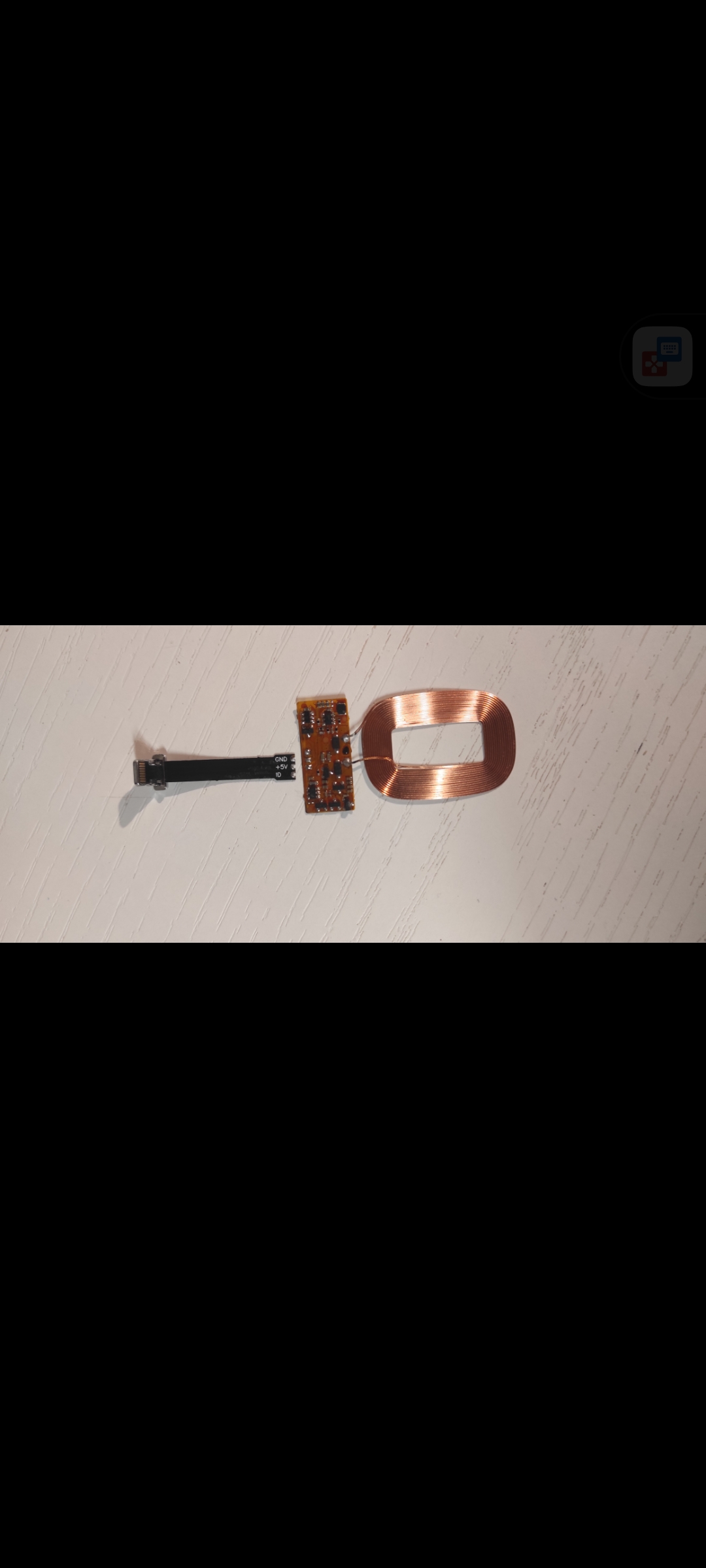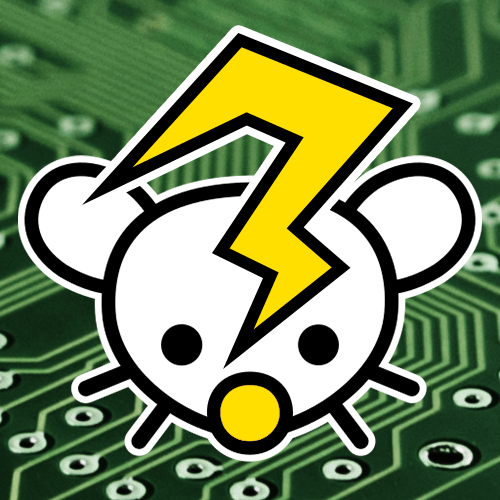Hey guys i cant find any usefull guide on how USB c charging works in depth. In particular i have bought a pair of Sony headphones which i would like to make wireless change so I also bought a crappy wireless coil meant to convert a phone into wireless charging. i opened the headphones, located the ground and 5v pin coming from the USB connected the circuit and surprise the charging led doesn’t light … The charging board is separated from the main board so I checked the flat cable that connects them, found the 5v and gnd ,spliced into it, and the led light lit as if it was charging. the next morning the led was of signaling the headphones are full, unfortunately after powering them on the battery status indicated was still 20% as the evening before … Have I done anything wrong ? What about that phase when they negotiate the power output with a magic resistor ? What should I try next? Thanks in advance 👍🏻
That looks like a really simple USB C port in legacy A (with DP/DM charge signals) configuration. The single IC most likely does the USB negotiation and the CC/CV charge of the battery.
Often these devices are tightly coupled with the USB state machine. Just applying 5v without terminating the sense resistors won’t do anything.
Also be very careful with Qi chargers. The resonant circuit produces voltage spikes in the tens of volts. It is usually regulated and smoothed to 5v out. But it’s also very bursty. Make sure your output circuit after the coil is fully regulated 5v voltage. I’ve seen them be varying voltages and even current mode outputs.
Thanks is there a way to know if the voltage spikes are properly filtered out without a spectrum analyzer I only have a multimeter ( and It shows something around 5v )I also noticed the coils will randomly die, I have altrady bought 2 from china and now I’m wondering if it has something to do with me charging the headphones via USB c while the coil Is plugged in … I Will add photos of the circuit as soon as possibile thanks again for your help
You generally can’t just connect two power supplies together. Usually you’ll want some sort of power path style controller.
You’d want to check the output with an oscilloscope.
Thanks i Will make sure to connect only One at a time … 👍🏻
Cheap power supplies being back-powered from the output will die. By connect together I mean put in the same circuit. Not use at the same time.
You’re possibly powering the other power supply through the feedback resistors, ESD diodes, etc. You really want a controller that can share between the two sources or just 2 diodes if you can take the voltage drop
Oh now its clear i dont have a special controller neither the space to fit It inside the headphones so i will go the diode rout, if i pay attention not to plug them both in at the same time could I use only one for the wireless circuit ? How do I know if I can take the voltage drop ?
Ill just leave this here: https://www.usb.org/document-library/usb-power-delivery
interesting if not useful in this case 😹
Thanks for the ammoumt of times i had problems with It i should probably print It out and make a nice poster …😂😂
Have you checked what voltage arrives on the board if you use a regular USB-C charger? Maybe the headphones negotiate and need a higher voltage than 5V. Does it charge with only 5V supplied? (could be forced by using an A-to-C cable in case of Power Delivery)
Yeah i have cheked and It only used 5v what did you mean by forcing AtoC cable ?
For Power Delivery, higher voltages are negotiated using the CC (configuration channel) pins. If you use an A-to-C cable, the A side does not have the CC pins and therefore you can’t get more than 5V.
Are you sure ? How does a standard phone fast charge then , its not the case anyway cause the headphones regularly charge at 5v so it’s enough… Thanks anyway for your comment 👍🏻
There are other fast charging standards than Power Delivery. USB Battery Charging defines that when the data lines are shorted, a device can draw more current (up to 1.5A), but still at 5V. QuickCharge on the other hand uses the data lines to negotiate higher voltages, so an A-to-C cable can’t protect you from that.
Thanks so assuming the headphones use the USB battery charging standard ( just because I have measured only 5v output and it seems logical) how should I comnect up the second charger ? Do I still need to find the cc line (guessing a 5 v pin the closest to the USB port itself) and add a resistor ? The diode must be there in each case right ?
Two things come to mind with USB C charging that’s usually different than micro USB or prior standards. First is that some USB C circuits are tightly coupled to battery charger circuitry. The idea is that if the pack voltage is higher than standard 5v, then it may be advantageous for USB C to request one of the higher voltages from the wall-power block. But I think this is unlikely, if the photo you’ve included is of the board in question; there would usually be the leads for the battery pack attached to the same board.
Second, USB C – unlike every other USB spec preceding it, I think – requires the sense resistors on the consume side before any power is supplied, even low-current 5v that we would otherwise expect. What’s probably happening with the LED becoming lit is that it’s probably indicating a data connection, as if you connected to a computer.
Thanks your comment is really helpful I will dig into the link you send tomorrow … In the meantime what is the likely solution? find a resistor and permanently solder it on, the problem is that I would like to keep both USB and wireless charging options ( I don’t think it has any data capabilities) again thank you so much for your answer
You might try the resistors first, although in such a way that it could be removed if that doesn’t work. If you have correctly found the D+ and D- lines broken out from the USB C connector, and added resistors to those, I can’t see how that would cause an issue with the wireless charging; they should be mostly independent, since if there’s no USB power supply attached, the resistors won’t be sensed anyway.
Thanks the only issue It might rise Is that when charging It automaticaly shuts down so if It detects the resistore as charging It might never Power on … i Will update you guys in the near future thanks a lot 👍🏻
Hey I’m just scratching the surface of how deep this topic really is, I have read some articles and at this point I’m really confused, if I plug the USB cable in and search for 5v pads what will I found the vbus line which at the moment is the cc ? Or the d+ with the bc1.2 ? And how do I know what standard is it using at the moment ? Anyway from the wireless charger I only get 3 cables out 5v gnd and ID (keep in mind I have bought wireless chargers with the lightening plug because I wasn’t aware of such a complicated standard and they were cheaper anyway since now it doesn’t work I will bui proper USB c Qi chargers … ) So as I understood I should add a 5.1 k resistor in series with the cc because the charging board is expecting a pull down right?

I will note that I’m not an expert in the plethora of USB charging standards. Quite frankly, USB C is almost like black magic to me. With that said, finding the D+ and D- lines might be tough unless you’ve got a USB C charging cable you’re willing to cannibalize.
That is, what you can do is carefully splice into such a cable, then connect it to the board and a USB charging block. By probing the wires, you can rule out the power wires, which should leave you with the D+ and D- wires. You would want to do this with a cable that’s meant only for changing, such as USB C to USB A. That way, there would only be four wires inside. If you cut open a USB C to C cable, you’ll have a lot more wires that you have to check.
Once you identify the D+ and D- this way, you can then do continuity checks from those wires to various pads on the board. In this way, you’ll eventually find your D+ and D- pads, and can then add your temporary resistors, to see if that works.
As for identifying the USB charging spec in use, that’s going to be tougher. I think there are test devices that take the place of a USB charger and can display or change the spec, but I’ve never used such a thing.
Thanks so much for your help I will make some tests and hope for the best I now at least know that’s a lot more complicated that what it seems yeah definitely black magic to me too 😂 kinda ironic the universal name if u then have thousands of different standards

